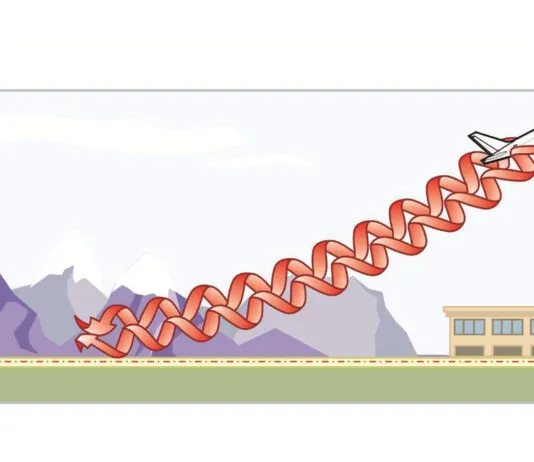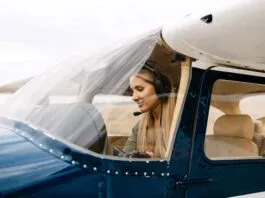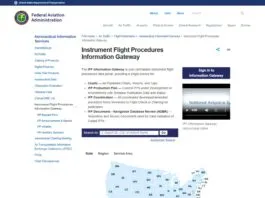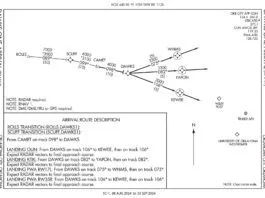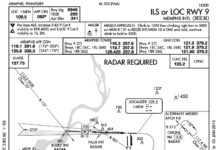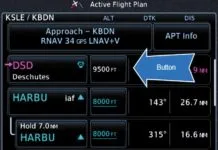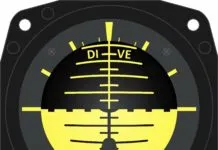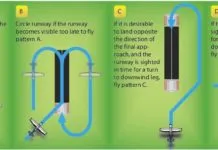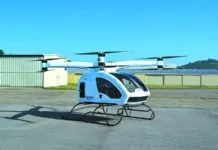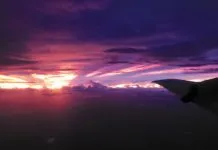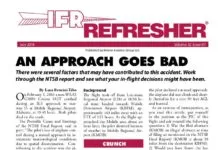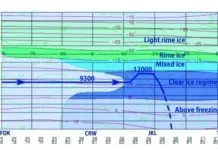Readback: July 2019
We got a quick response from Garmin. Its actually a bug in the underlying approach data, but that apparently ongoing bug is now handled by the navigators operating software. The reported issue doesnt have anything to do with database capacity. The issue began when some IAPs with LP lines of minima were coded with a Vertical Descent Angle (VDA) of 0 degrees. Software did not expect this as the IAPs are not supposed to be coded with VDA=0. If the IAP has no VDA (noted as Decent Angle NA on the chart), then the navigator can fly the approach as an LNAV-only without vertical guidance. If the IAP is coded with a VDA of zero, Garmin makes the approach unavailable from the database. Later software corrects this anomaly and restores the IAPs with VDA=0. Note that there was a Service Advisory Garmin sent out in 2013 when the issue was identified and they started to filter the affected IAPs from the Navigation database.
Readback: June 2019
The nit is with one of the parts of the answer to Question 11. As the answer to question 3 says, our minimum descent altitude for this approach is 1100 feet, but thats MSL. (Basic minimum for the LOC-7 approach is 1000 MSL, to which we added the required 100 feet for remote altimeter.) As the chart says, that 1000 MSL translates into 611 feet above the touchdown zone elevation of 389 feet, so 1100 MSL is 711 feet above TDZE (and 703 feet above airport elevation).
Readback: May 2019
The number is (650) 446-6777. Just text the word METAR or TAF followed by the ICAO airport identifier of interest and youll quickly get a reply with the requested information. Even international airports are available. If you want to get hourly updates, you can subscribe (for free) by putting SUB first in your text message. Thus, to get hourly METARS, for instance, for Walla Walla, WA, (KALW) youd text SUB METAR KALW until you no longer wanted them and sent STOP METAR KALW.
Readback: April 2019
Dan, we believe that the appeal of our annual SPT article (every January) is that most of us can find one or more examples cited in the article where we can easily imagine ourselves as the pilot, except we escaped unscathed. So, much of that laughter is laughing at ourselves. Statute of limitations or not, there are many antics I got away with that Ill never, ever admit to in public. Or, as an aerobatic pilot I once knew who couldnt avoid practicing low over somewhat populated areas used to like to say, I wasnt there. It wasnt me. You cant prove a thing! -FB
Readback: March 2019
The answer to Question 5 in your December Quiz says, Circling approaches require left-hand turns unless the approach procedure explicitly states otherwise. Is this still a true statement when the runway youre landing on is published right traffic? Ive found that the AC and the regs dont address this clearly. I believe that the intent is that the required direction of turns is in accordance with the published traffic pattern (absent requirements to the contrary on the approach procedure), but Ive been unable to get a satisfactory answer.
Readback: February 2019
I thought your Remarks, Pilot Shortage? in October were very well said, sir. I just retired after 40 years of airline flying. Like most, I started as a CFI before the airlines ($15 dual/wet) before getting hired as a Twin Otter F/O and then Captain making $1700/month flying about 50 hours per month. I finished as an International Heavy Jet Captain making in the mid $300K per year but still hourly but with better work rules. In reality the wages havent gone up that much when compared with the astronomical costs to get the ratings.
Readback: January 2019
Another good rule of thumb is Buys Bullots law: To locate where the bad weather is coming from, put your back to the wind and extend your left arm straight out. Thats where the low pressure bad WX is coming from. It works for me.
Readback: December 2018
Im known to get my murds wixed up when talking to ATC, but try not to mix up inbound course headings. I know this was just a typo, but some 9th grade English teacher turned pilot will point this out to Fred. By the way, I am not that teacher, as I graduated in the 1/3 of the class that made the upper 2/3 possible! But then again, this could have been a test to see who could spot the error in this months magazine and for finding the error, that person will be awarded a brand new airplane. If thats the case, then my address is…
Readback: November 2018
Mr. Bencini-Tibos excellent article, Regulation Fine Points in July might possibly leave the reader thinking that the safety pilot could log time when the flying pilot was not under the hood. FAA Office of Chief Counsel makes it clear in a legal interpretation on this matter dated June 22, 2009 to Jeff Gebhart, that the safety pilot can log only that time that the flying pilot is under the hood. Since the flight is made in an aircraft that does not require a SIC the safety pilot was not a required crew-member during the time the other pilot did not have the hood on, so the safety pilot does not get to log anything during that portion of the flight.
Readback: October 2018
Many pilots want to fly IFR more often but dont quite remember how. If you addressed more of the basics and less of the quirky and obscure perhaps more pilots would actually benefit. One example would be to have a product published for particular regions or states of the country and present examples each month of airports and approaches for that particular area. This would give the local pilot community more opportunity to fly their local approaches and visit our local airports more often.
Readback: September 2018
Dont Mess with IceI enjoyed the Me Too letter by Harry Dill in the July issue. I think we tend to forget that moderate ice is not like moderate turbulence. It is right below severe. Also, we all talk about how unpredictable ice is, so having forecast or PIREPed moderate ice turn into severe is common. Oh, and really bad. Harry gave good consideration to clouds and icing, and he made it out okay. However, I would not mess with moderate ice at all. Stick with trace and light, and maybe the worst youll see is moderate. Harry can stop at our place in Maryland for a crab cake and wait for better weather on his way up coast from North Carolina.
Readback: August 2018
Thank you for a great publication. It really helps knock some rust off. My question is for Tim Vasquez: Where did you get that chart shown on page 22 of the April issue?As a SPIFR EMS helicopter pilot, icing is my Achilles heel. Not only do I have the same problems as the fixed wing community-weight, reduction of lift etc.-but I also have asymmetric shedding that will tear the aircraft apart rather quickly. Also, as an EMS aircraft, my flights are not very long so I never get above about 3 to 4000 feet.

